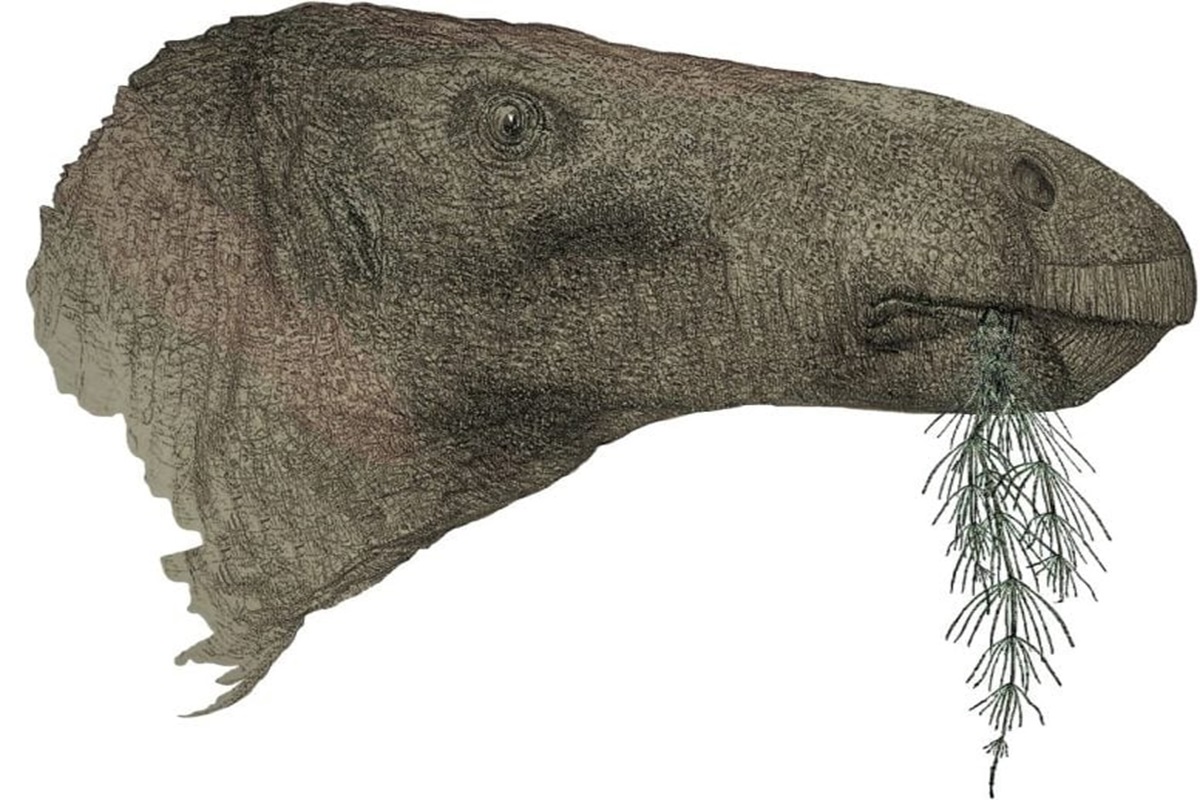A new dinosaur species, Comptonatus chasei, has been discovered on the Isle of Wight. This find is a major step in understanding the variety of dinosaurs from the Cretaceous period in England. Ongoing research suggests there might be even more significant discoveries ahead.

Jeremy Lockwood, a retired doctor and PhD student at the University of Portsmouth, helped dig up the dinosaur and spent years studying its 149 bones. He found out that it was a new type of dinosaur, which he named Comptonatus chasei to honor Nick.
Jeremy said, “Nick had an amazing talent for finding dinosaur bones, like a modern-day Mary Anning. He collected fossils every day, no matter the weather, and gave them to museums. I was hoping we’d collect fossils together in our old age, but sadly that didn’t happen. Jeremy’s research showed it was different. This is the second new dinosaur Jeremy has described.
He said, “I found this dinosaur is different because of unique features in its skull, teeth, and other body parts. For example, its lower jaw is straight, unlike most others that curve down. It also has a very large hip bone, much bigger than similar dinosaurs. It’s like a dinner plate!”
Jeremy isn’t sure why the hip bone is so big. It might be for muscle attachment, different movement, supporting the stomach, or even helping the dinosaur breathe, but these are just guesses.
He named the dinosaur Comptonatus after Compton Bay where it was found. “Tonatus” means “thunderous” in Latin.
“This dinosaur weighed about a ton, like a large bison. Fossil footprints nearby suggest it was a herding animal, possibly moving in large groups if scared by predators 120 million years ago.”
Dr. Susannah Maidment, a Senior Researcher at the Natural History Museum, said, “Comptonatus is an amazing dinosaur find, the most complete in the UK in a century. Thanks to detailed work by Dr. Jeremy Lockwood, we now know that the variety of dinosaurs in southern England during the Early Cretaceous was much greater than we thought.”
The specimen is younger than Brighstoneus but older than Mantellisaurus, showing rapid evolution in iguanodontian dinosaurs during this period. It could help us understand how ecosystems recovered after an extinction event at the end of the Jurassic Period.
Dr. Martin Munt, curator of Dinosaur Isle, said, “Ongoing research on the museum collection continues to reveal exciting new discoveries. Most of Nick’s important finds have stayed on the Island, a lasting legacy. We look forward to discovering more new prehistoric creatures from the Island’s cliffs and collection.”
Nick Chase’s remarkable find and Jeremy Lockwood’s dedicated research show the incredible history waiting to be discovered here. We are thrilled to be part of this ongoing journey of discovery and scientific advancement.”
Leave a Reply